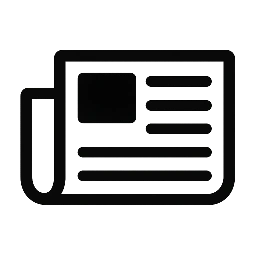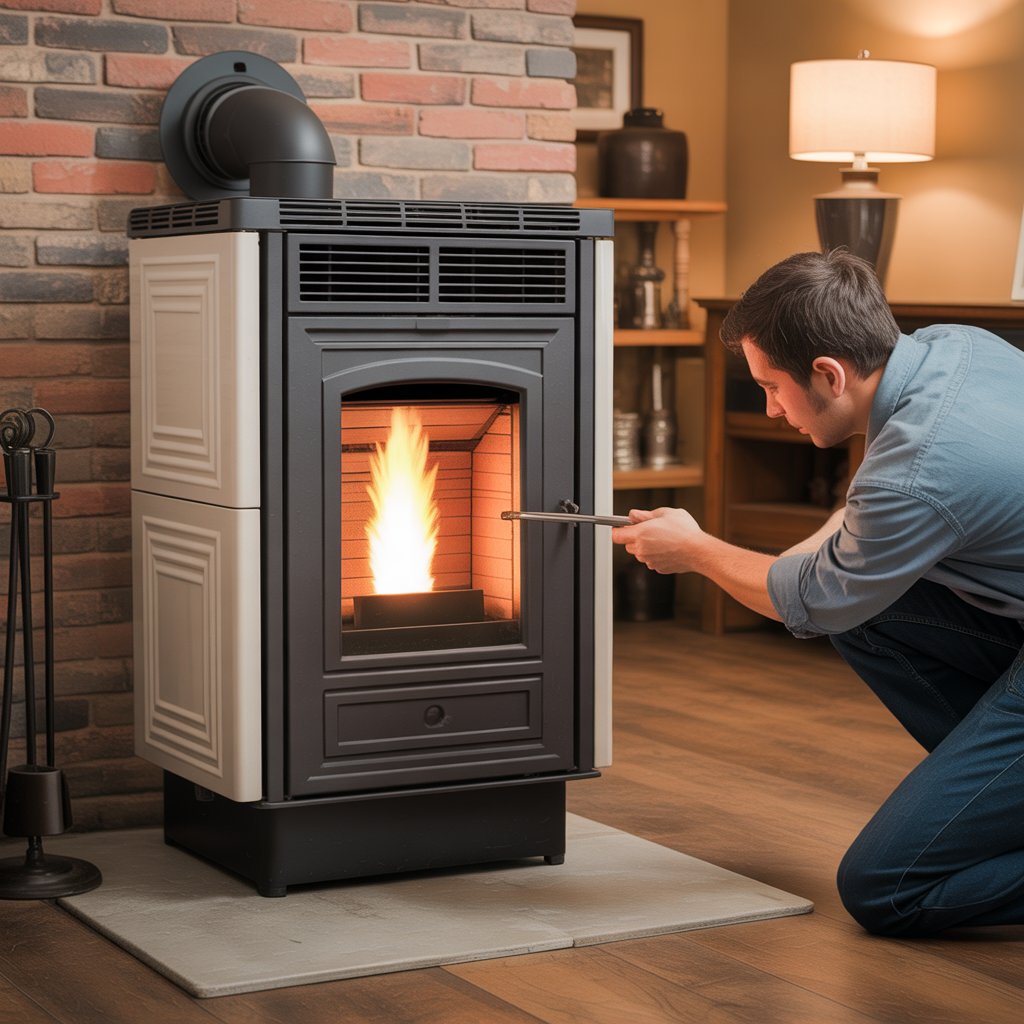If you’ve found yourself standing in front of your pellet stove, scratching your head because it won’t burn pellets, you’re not alone. Whether you’re new to pellet stoves or have had one for years, it’s incredibly frustrating when things go wrong—especially in the dead of winter. But before you panic or call for professional help, there are a few things you can check yourself. Most problems have simple fixes if you know what to look for. So, let’s break this down in plain English and figure out why your pellet stove might be acting up. Pellet Stove Repair can be easier (and cheaper) than you think.
1. The Usual Suspects: What Commonly Goes Wrong?
Think of your pellet stove like a car. If it’s not starting, it could be a number of things—fuel, ignition, airflow, or even something as simple as a dirty part. The most common reasons your stove might not be burning pellets include poor-quality fuel, blocked airflow, a malfunctioning igniter, or a full ashtray. Dirty stoves are a major culprit. When ash builds up inside the burn pot or airways, it chokes your stove’s performance. It’s like trying to breathe with a stuffy nose—your stove simply can’t do its job. Another frequent issue is with the auger (the part that feeds pellets into the fire). If it’s jammed or the motor is faulty, pellets won’t make it to the burn pot. And of course, make sure the hopper (where you pour pellets) isn’t empty. You’d be surprised how often that’s overlooked!
2. Are Your Pellets The Problem? Yes, Seriously.
You might think all pellets are created equal, but that couldn’t be further from the truth. Low-quality pellets can contain too much moisture, dust, or filler materials. This leads to inefficient burns, more ash, and potential clogs in your stove. In fact, using bad pellets is one of the fastest ways to damage your unit over time. Here’s a helpful guide on how poor-quality pellets can damage your stove. Always check the bag for a low ash rating and hardwood content. Investing in premium pellets can actually save you money on repairs and cleaning in the long run.
3. It’s All About Airflow: Is Your Stove Breathing Right?
Your pellet stove needs a balanced mix of air and fuel to burn correctly. If the air intake is blocked—or if your chimney liner is old or damaged—your stove won’t get the oxygen it needs. A restricted or dirty exhaust system also prevents gases from exiting, which can trip sensors and shut your stove down completely. If your liner hasn’t been checked in a while, here are two resources that might help: Chimney liner in Yelm and Chimney liner in Minneapolis. Also, check your gasket seals. Leaks can create negative pressure, making your stove inefficient or unresponsive.
4. Safety First: Don’t Ignore These Warning Signs
Pellet stoves are safer than traditional wood-burning stoves, but safety still matters. If you smell smoke, hear strange noises, or the glass gets blackened quickly, shut it down and inspect. Overheating can be a sign of airflow problems or electronic failure. And don’t forget the value of routine maintenance—not just for efficiency, but to keep your family safe. Always unplug the stove before inspecting anything inside. If something feels beyond your comfort zone, it’s okay to call for help. But first, check for any blinking lights or error codes; many stoves have a built-in diagnostic system.
Here’s a Simple Troubleshooting Table to Help You Out:
| Issue | Possible Cause | Quick Fix |
|---|---|---|
| Stove won’t light | Bad igniter or wet pellets | Check igniter, replace pellets |
| Pellets not feeding | Jammed auger or motor issue | Clean auger, test motor |
| Weak flame or no flame | Blocked air intake or exhaust | Clean venting system thoroughly |
| Glass gets black fast | Poor airflow or low-quality pellets | Use premium pellets, check gaskets |
| Stove keeps shutting off | Sensor triggered or ash buildup | Empty ashtray, clean sensors |
“Most pellet stove issues are just a reminder that it’s time to give your stove a little TLC.” – A seasoned pellet stove owner
5. Let’s Talk Money: Is It Worth Fixing or Replacing?
Pellet stoves can be super cost-effective—when they’re working right. A small part like an igniter or sensor might cost you under $50, but ignoring the problem could result in needing a new control board or motor. That’s where things get pricey. Routine cleaning, using good pellets, and watching for early signs of trouble can save you hundreds. On the flip side, if your stove is 10+ years old and constantly breaking down, it might be time to consider replacing it. Just like any home appliance, there comes a point when repairs don’t make financial sense. And if you’re hiring help for fixes like door gasket repairs or auger replacements, make sure you’re choosing reliable service providers. Here’s an article on selecting a trustworthy cabinet lock replacement service—many of those same trust tips apply to hiring stove repair pros too.
In Conclusion: A Little Know-How Goes a Long Way
If your pellet stove isn’t burning pellets, don’t panic. Most of the time, it’s either a dirty part, bad pellets, or an airflow issue. Grab a flashlight, open up your stove, and start checking the basics. Clean it out, use high-quality fuel, and make sure the air can move freely. Safety and cost are both at stake here, so regular upkeep really matters. And hey, there’s no shame in asking for help—just make sure it’s from someone who knows what they’re doing. Keep this guide handy, and you’ll be back to warm and cozy in no time.
Q: How often should I clean my pellet stove?
A: Ideally, after every ton of pellets burned, and a deep clean at least once a year.
Q: Can I use wood stove pellets in a pellet stove?
A: Not always. Make sure they’re rated for pellet stoves—some wood stove pellets burn too hot or produce too much ash.
Q: Is it safe to run the stove if it’s not burning properly?
A: No. Shut it down and inspect for blockages or call a professional. Poor combustion can lead to carbon monoxide risks.
Q: How much does professional Pellet Stove Repair cost?
A: Costs can range from $75 for a basic service call to $300+ if parts are needed. Preventative maintenance is almost always cheaper.

